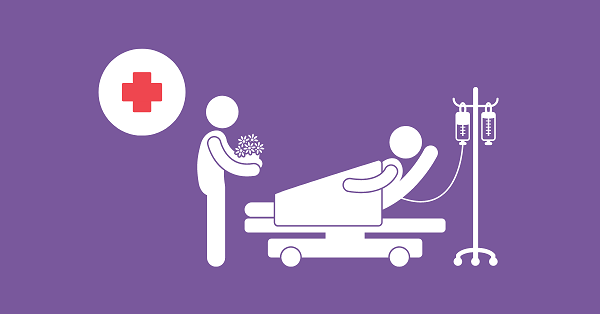Originally from campussafetymagazine.com
Managing visitors at healthcare facilities can be challenging. Administrators are faced with high volumes of visitors, extended hours of entry, and many first-time visitors who don’t know where they are going.
Although simply allowing visitors to enter freely may be perceived as the easy course of action, all organizations — including healthcare facilities — need to monitor who is entering their buildings and why. To meet these challenges, some of the nation’s largest and most prestigious healthcare facilities use secure visitor management software to screen, badge and track every visitor and vendor entering the building.
There are a number of best practices that should be followed in order to optimize security in the healthcare setting.
1. Acknowledge the importance of visitor management by implementing a comprehensive, automated system. Hospitals and other organizations face growing concerns over unwanted, uninvited visitors. To address the safety of employees and other guests, many organizations have replaced their paper guest book with a more effective visitor registration system. Paper guest logs have legibility, confidentiality and efficiency issues, they don’t enable a quick determination of who is still in the building during an evacuation, and they don’t present a professional image. Visitor management systems allow organizations to more effectively identify who has entered the facility, determine if their visit is authorized, and deny entry to individuals if necessary.
2. Ensure the system is not obtrusive or cumbersome. Once a hospital has decided that it is best to track and manage who is entering their buildings, the system should be as quick and easy to use as possible. With today’s systems, it should take no more than 20 seconds to complete the check-in and badging process.
3. Integrate visitor management software with other systems. It is important that the visitor management system support the HL7 interface control so they can match visitors to real-time information about patient admissions and discharges, Status Blue for pre-registering approved vendors, and access control integration to provide temporary proximity card access to specific guests, such as contractors or temporary employees.
4. Support a wide variety of visitor information. In addition to scanning the visitor’s driver’s license information and image, https://www.intellicentrics.com/wp-content/uploads/2017/07/home-slider-1080x616-1.jpgistrators should be able to capture a variety of additional data in the system, including who the guest is visiting, the length of time they expect to be in the facility and, if the guest is a vendor, his or her company affiliation. Additionally, the lobby attendant should have the option of including the visitor’s destination (floor, wing or building), and the category of visitor, to distinguish patient visitors from vendors, contractors or temporary hospital volunteers.
5. Support optional screening and watch lists. Many hospitals also want the option of screening unwanted visitors, such as those on states’ sex offender databases. Hospitals may also want to create their own watch lists of undesirable visitors, such as disgruntled ex-employees. Visitor management systems can automatically alert the lobby attendants to any visitor on the list within seconds of check-in.
6. Enable the creation of automatic alerts. Automatic alerts incorporated into visitor systems allow hospitals to better manage visitors. For example, a maximum visitor alert notifies lobby staff when a limit has been reached for the number of guests to a specific patient.
7. Ensure a high level of flexibility. Healthcare facilities vary widely in their visitor management needs and requirements, and should be able to adapt their systems to improve overall security and enhance the professionalism of their organization.
8. Enable the creation of long-term, durable visitor badges for family members who will be visiting a patient frequently over a period of time. This simplifies guest sign-in and check-out. By using a barcodes on the visitor badges, these guests can be checked in and out with a simple barcode scan.
9. Support customization. A visitor management system can be set-up to print different styles of badges for various categories of guests so that it is easy to identify them.
10. Consider self-registration kiosks to alleviate congestion at lobby desks. Even though most healthcare facilities have attendants in the lobby, visitor management systems can also be set up in a kiosk mode for self-registration, much like a check-in at airports. Touch screens can be used, various languages can be selected, required fields can be established, the visitor’s license can be scanned and a badge can be printed, all in a single kiosk.




